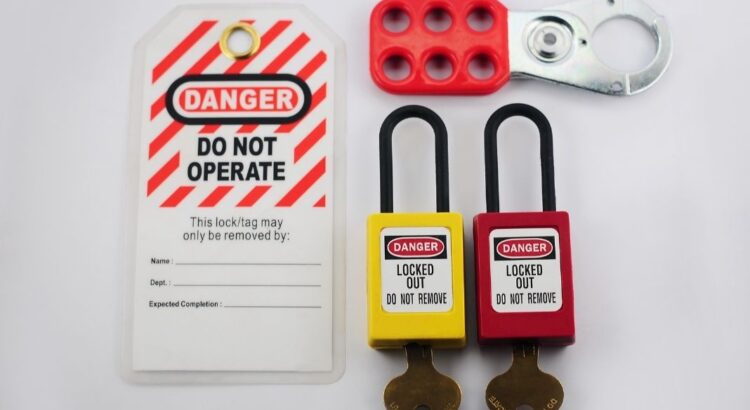Deviation from the written lockout/tagout procedure is strictly prohibited under OSHA’s Control of Hazardous Energy standard. Lockout/tagout procedures must also be written to fully de-energize the system and bring the machine to a zero-energy state.
Breaking Down Complex Machines
When developing lockout/tagout procedures for large, complex machinery, it may be necessary to create multiple lockout/tagout procedures.
If an entire system will need to be shut down and serviced at the same time, a single lockout/tagout procedure should be created that includes all components and energy sources of the system. This is typically used for annual PMs or plant shutdowns.
However, routine maintenance tasks that occur more frequently may only require part of the machine to be shut down, such as a single pump or conveyor. In this case, if the component can be safely isolated from the system and worked on independently, a component-specific procedure should also be developed.
When to Use a Partial Lockout Procedure
Partial lockout procedures can be developed for specific tasks when full lockout is impractical and components cannot be isolated from the system. Additional safety measures must be taken to provide additional protection to the employee performing maintenance.
Benefits of an Alternative De-Energization Procedure (ADP)
There are many reasons an employer may choose to perform a partial lockout or use an ADP:
- It provides employees specific, standardized steps.
- It defines the laminations of the partial lockout and lists the specific tasks that can be performed.
- It allows minor tasks to be performed without shutting down the entire system.
- It can be more efficient for routine tasks.
Necessary Components of an ADP
- Identify the machine or component covered by the ADP.
- List the specific tasks that can be performed.
- List necessary tools or equipment.
- List extra PPE required, if applicable.
- Identify possible hazards.
- Include specific steps for shutting down the machine, isolating the component, and controlling energy source.
- Include extra safety steps to be taken.
